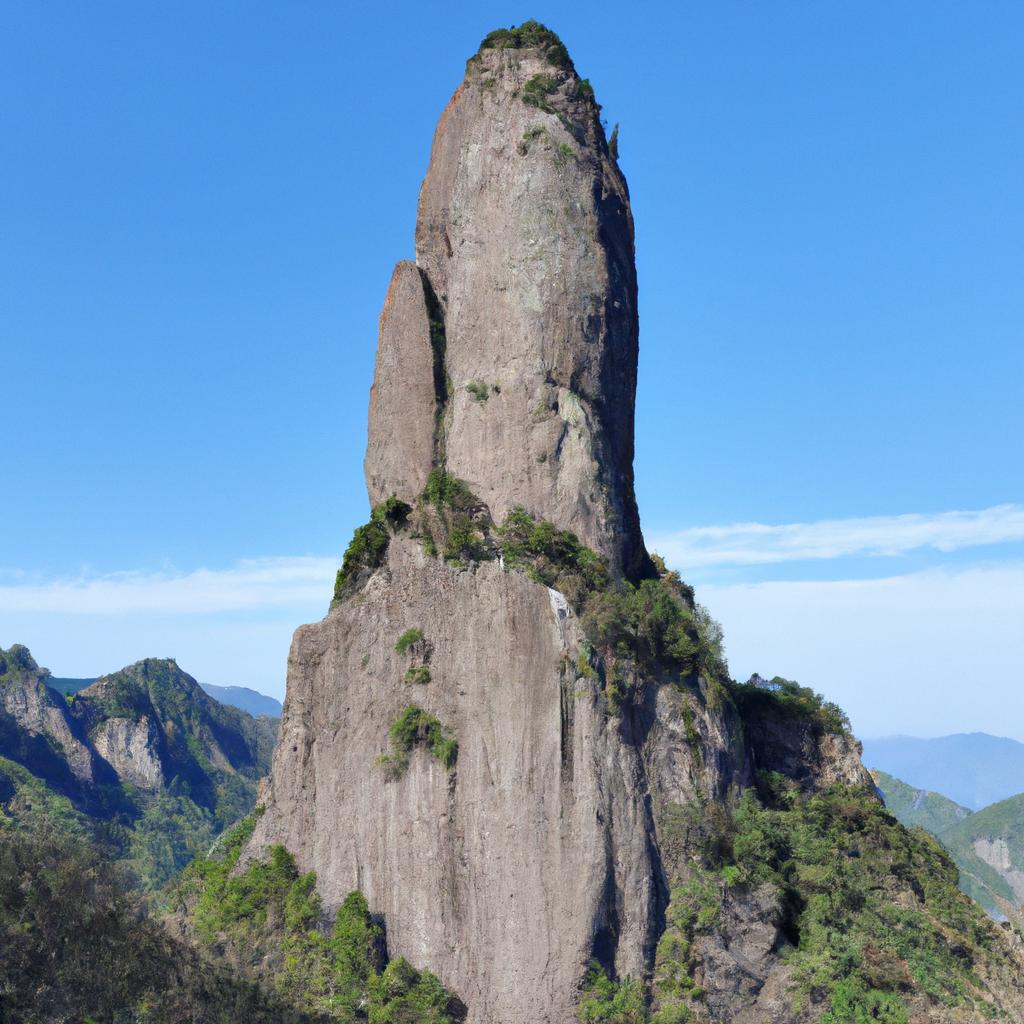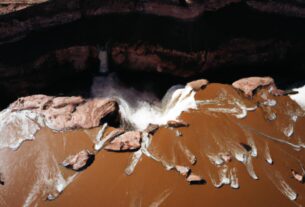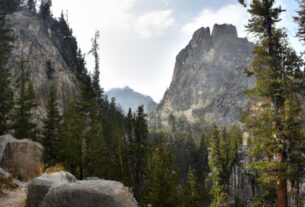Giants in mountains have always been a fascinating part of human folklore. Across different cultures, captivating tales of colossal beings inhabiting mountainous regions have prevailed. From the ancient Norse mythology and Native American folklore to the legendary tales of the Himalayas, these stories have become deeply rooted in our traditions. In this article, let us delve into the myths and legends surrounding giants in mountains, while also exploring their scientific explanations.
The Legends of Giants
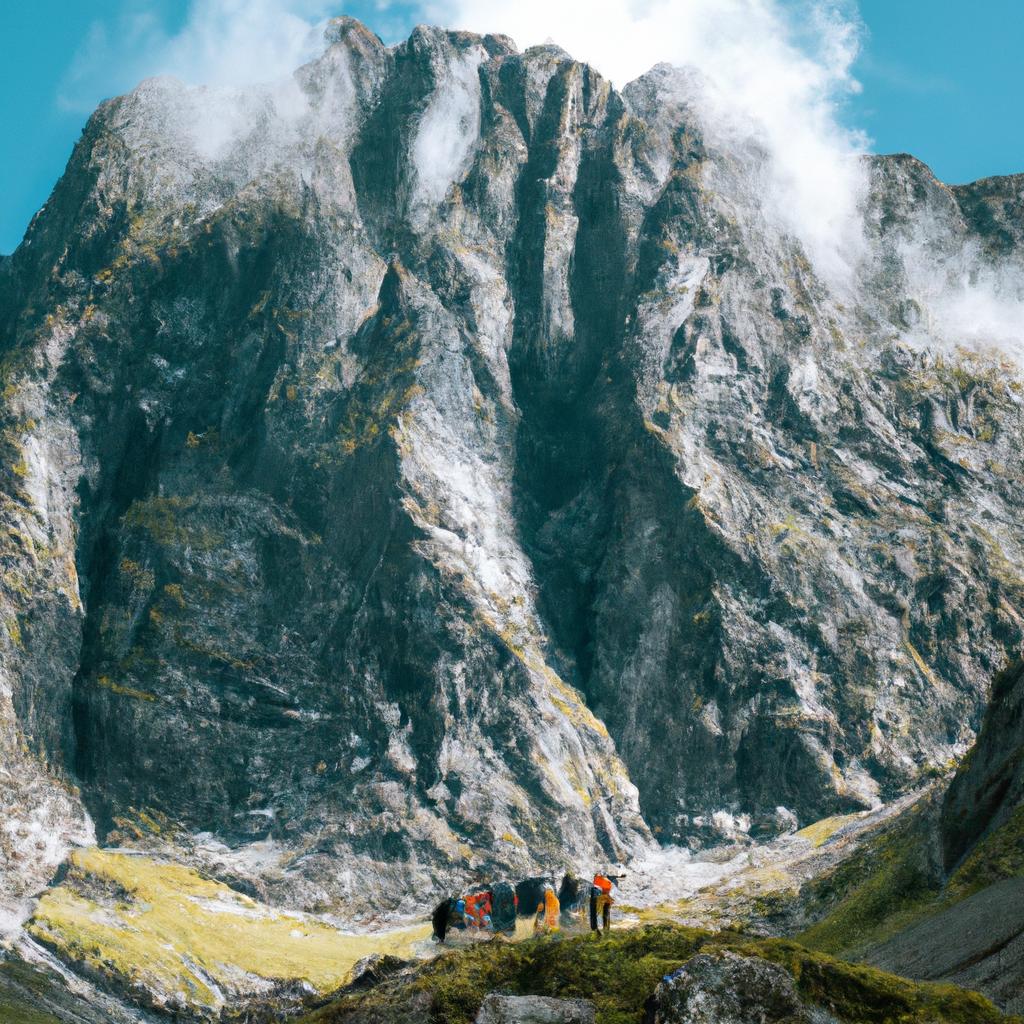
The legends of giants in mountains often carry a supernatural aura. In Norse mythology, we encounter the Jotuns, a race of giants residing in mountainous realms. Famed for their immense strength and size, these giants engaged in battles with the gods themselves. Meanwhile, Native American folklore speaks of the Sasquatch, a giant ape-like creature believed to inhabit the mountains. And in the Himalayas, the Yeti, a legendary creature, is said to roam the ranges.
Passed down through generations, these legends have woven themselves into the tapestry of diverse cultures. Giants in mountains have served as explanations for natural phenomena such as earthquakes, landslides, and thunderstorms. Moreover, they have become symbolic of vices like greed, pride, and arrogance, providing moral lessons to be learned.
Scientific Explanations
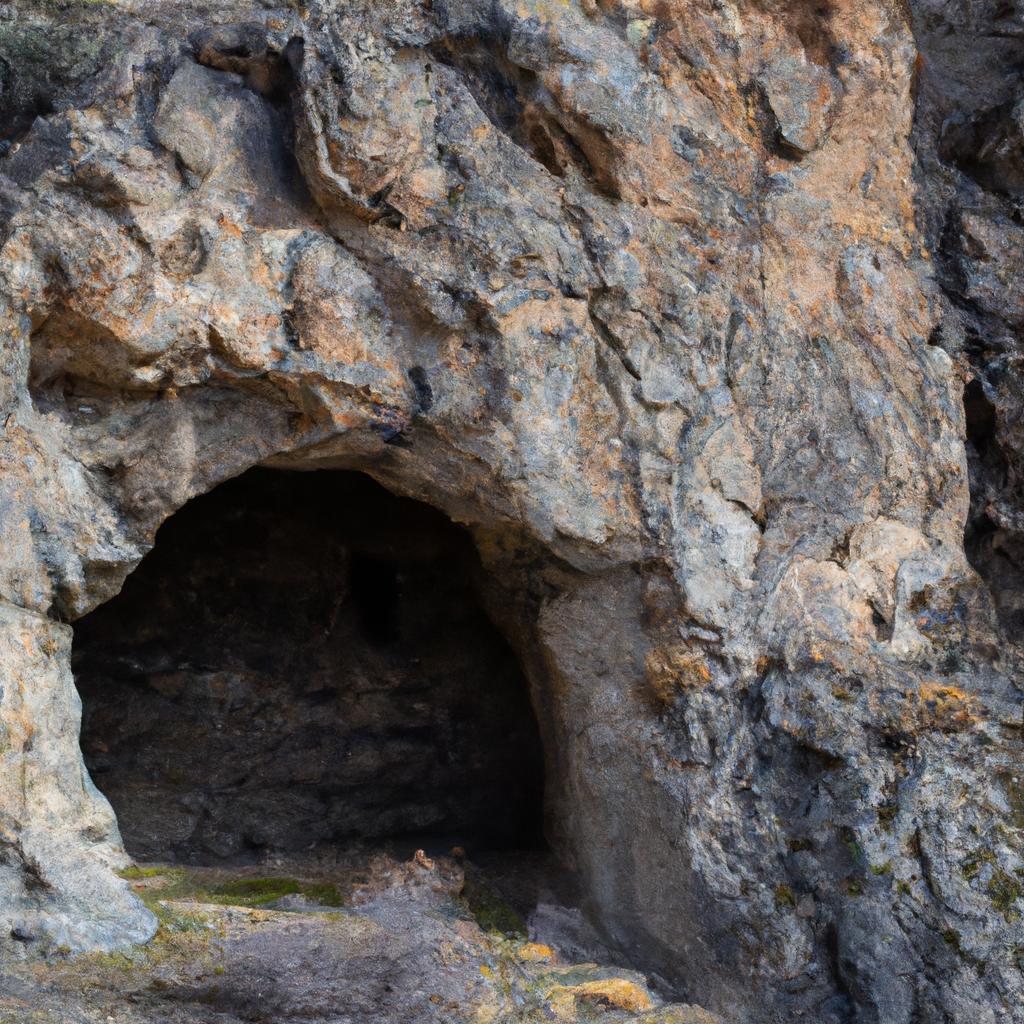
While giants in mountains may seem nothing more than folklore, scientific explanations shed light on the origins of these tales. One notable explanation lies in the geological features of mountainous regions.
Mountain ranges are formed due to the movement of tectonic plates, resulting in the uplift of the Earth’s crust. This process can create immense rock formations and deep valleys. The sheer size and grandeur of these natural marvels could have provided inspiration for the legends of giants in mountains.
Another scientific explanation revolves around the possibility of giant humanoids existing in the past. Although no concrete evidence has surfaced, some anthropologists suggest that the stories of giants in mountains originated from the discovery of ancient human remains unusually large in size. Misinterpretation of these remains as belonging to giants may have sparked the myths and legends we know today.
Modern Sightings
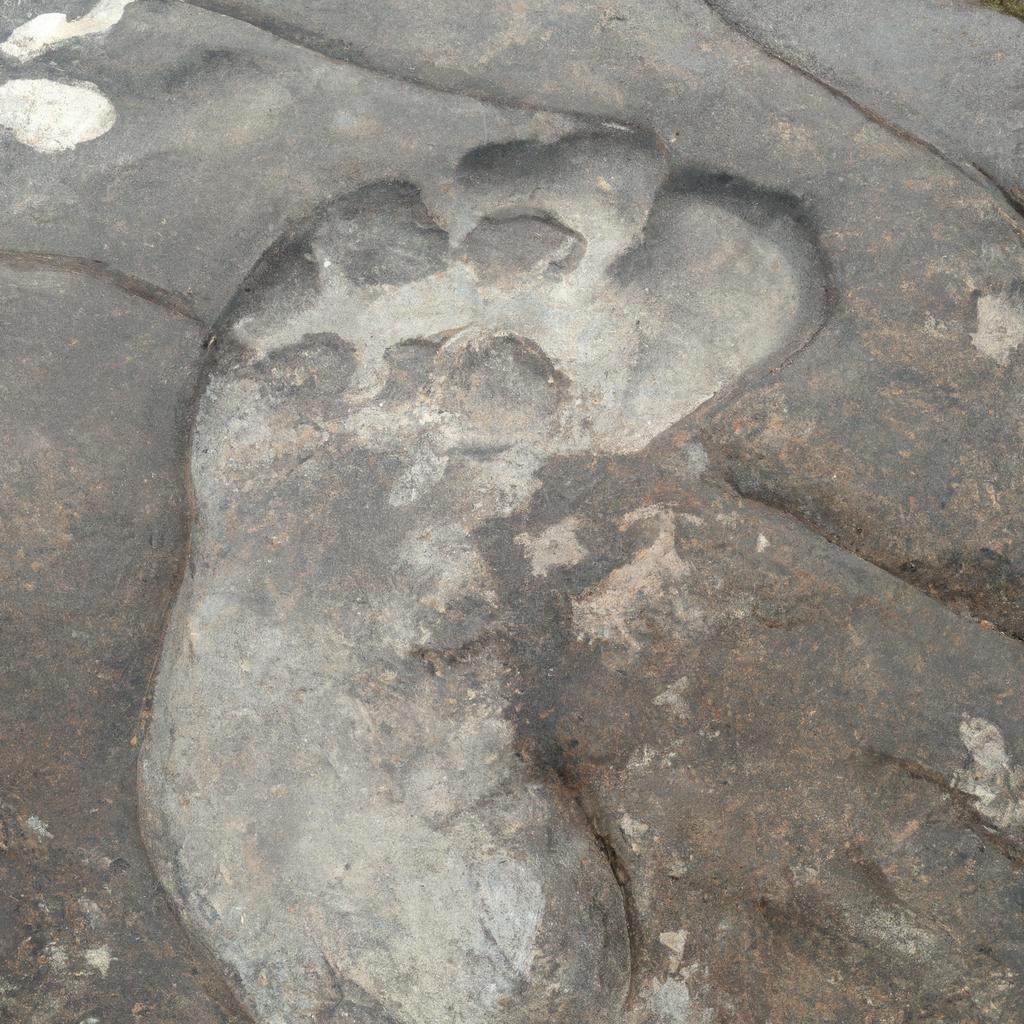
Despite scientific explanations, reports of sightings of gigantic creatures in mountainous regions still persist. While many of these accounts are dismissed as hoaxes or misidentifications of known animals, some remain unexplained. These enigmatic sightings fuel the belief in the existence of giants in mountains.
For instance, the Fouke Monster, reported in the hills of Arkansas in the 1970s, is described as a towering, hairy humanoid standing over seven feet tall. Another well-known example is Bigfoot, sighted in various locations across North America. Witnesses describe this creature as a massive, ape-like being that leaves behind enormous footprints.
Although skeptics question the credibility of these reports, due to the lack of concrete evidence, these sightings continue to captivate the public’s imagination and inspire further exploration of the legends surrounding giants in mountains.
The Cultural Impact
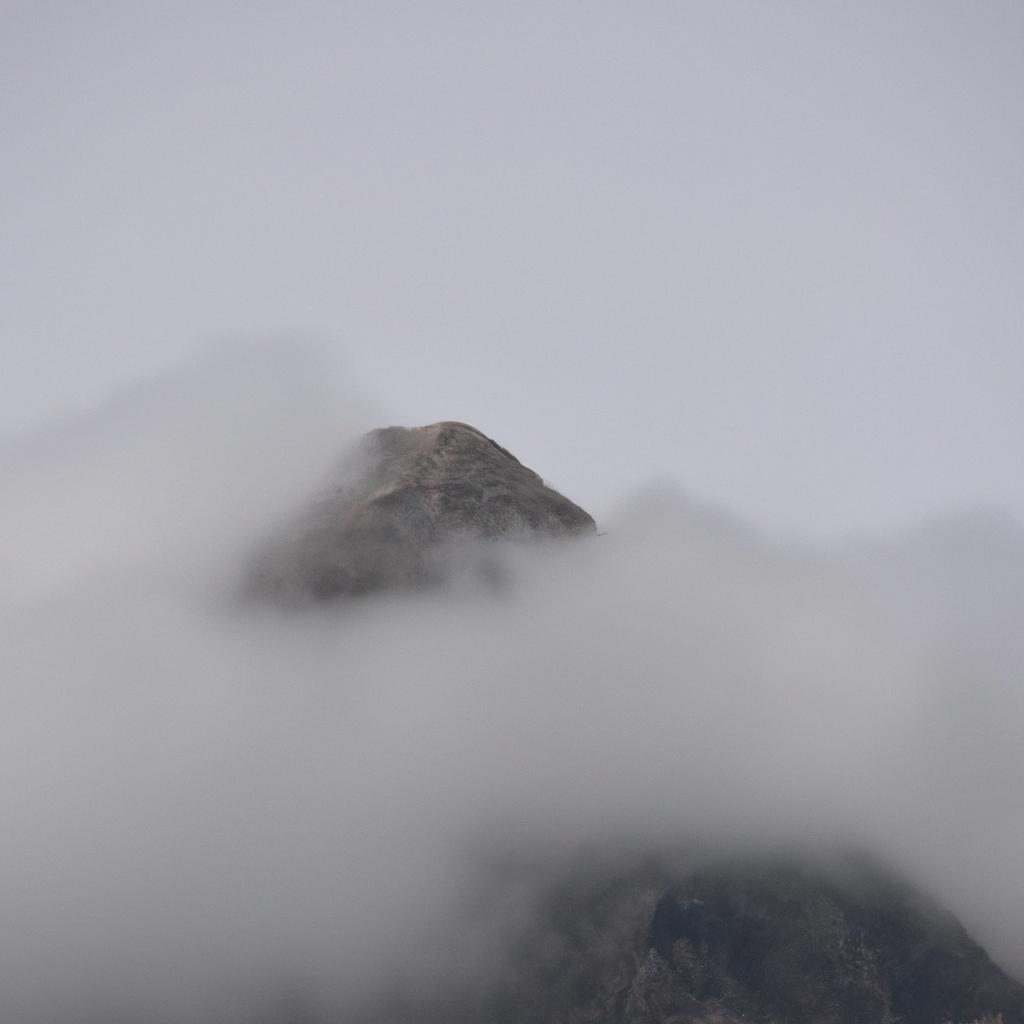
The legends of giants in mountains have left an indelible mark on popular culture. From literature to films and other media forms, countless tales have been retold and reimagined.
In literature, J.R.R. Tolkien’s “The Lord of the Rings” showcases giants living in mountains that act as weapons of war. The film industry has also embraced these legends, as exemplified by movies like “Jack the Giant Slayer” and “Clash of the Titans.” These stories continue to mesmerize audiences worldwide, highlighting the enduring fascination with giants in mountains.
Even in modern society, these legends wield influence over popular culture. The love for hiking and mountain climbing is a testament to our captivating obsession with these awe-inspiring natural formations. Giants in mountains have imprinted themselves upon mountaineering culture, inspiring climbers to conquer new heights and venture into uncharted territories.
Conclusion
In conclusion, the legends of giants in mountains have imprinted themselves upon human folklore for centuries. While these tales may seem fantastical, scientific explanations provide insights into their origins. Geological features of mountain ranges and the potential existence of giant humanoids in the past offer plausible theories to unravel the tales.
The cultural impact of giants in mountains is profound, with countless instances in literature, film, and other media forms. Even today, our fascination with these towering natural wonders continues to inspire people to explore and conquer new heights. As we continue to unravel the mysteries of the world around us, the legends of giants in mountains will always captivate our imaginations and fuel our desire to reach for the sky.
